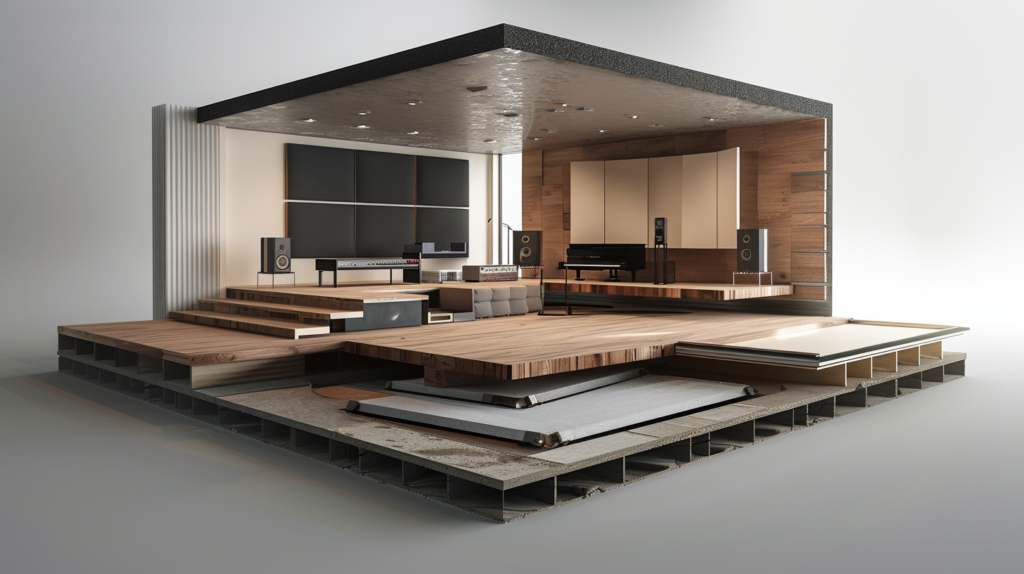
Table of Contents
Dispelling the Myth of ‘Soundproofing’ Floors and Structures
The search term soundproof a floor does not really mean to soundproof a floor. First, there is no such thing as soundproofing. With noise transmission nothing is proofed. Noise is mitigated or managed but never “proofed”. Secondly, sound is like water. It will find the weakest link in the structure and go right through it. This is why it is imperative to build a structure that will be able to deal with the numerous frequencies and amplitudes of noise.
Whether you are trying to soundproof a floor or other structure type, you must first and foremost measure the noise issue you are having. To soundproof a floor, you must know the lowest frequency of noise along with its amplitude or strength. If you design a barrier that can attenuate a 40 hz. energy wave at + 13 dB and that is the lowest frequency and highest amplitude or strength, all other frequencies and amplitudes above 40 hz. will be managed properly. This is a procedure that must be followed whether you are trying to soundproof a floor or any other room structure.
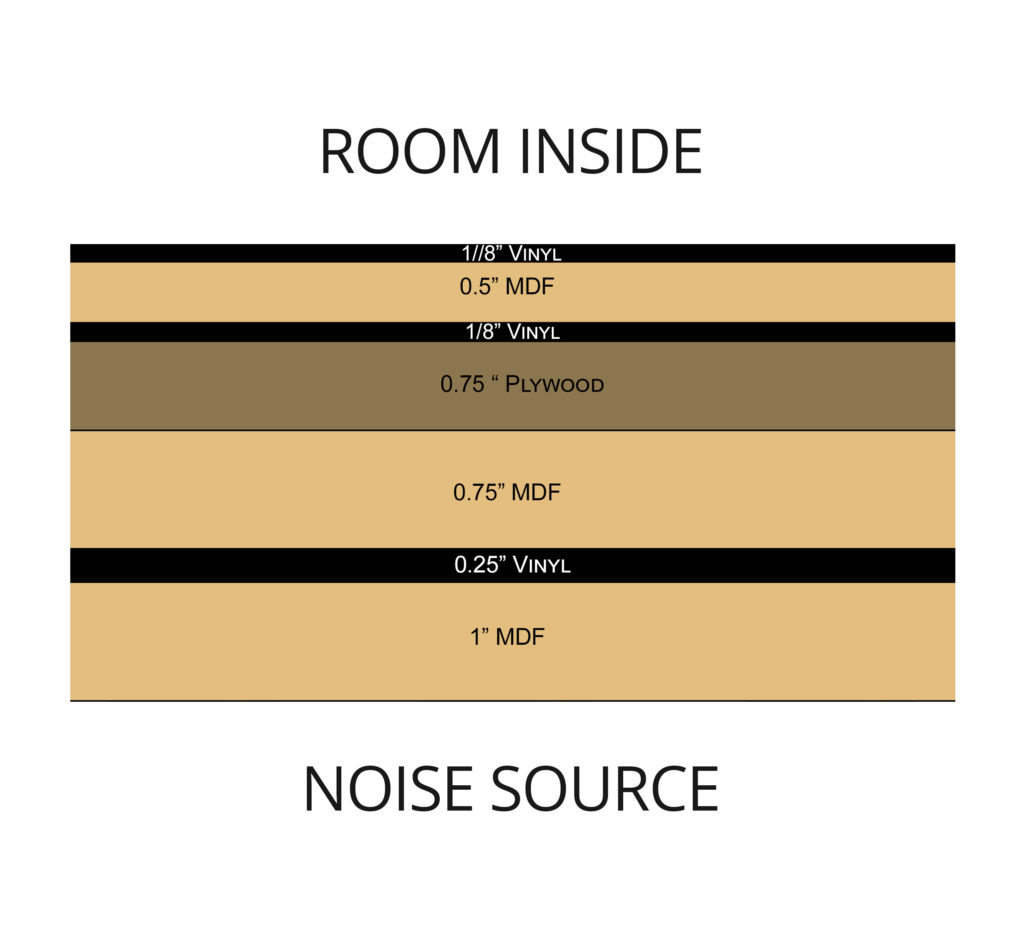
Understanding Noise Transmission: The Foundation of Effective Sound Management
You must measure the frequency and amplitude of all noise. The frequency is where the noise lies on our human hearing system and the amplitude is how strong it is at that frequency. Lower frequency noise energy waves are long and strong. Middle and higher frequency noise energy (voice) rays are shorter and less powerful. You must measure all noise transmission issues so you know what you are fighting against. Think of your room as a castle under attack by a noisy enemy.
You must know how many troops they have along with the strength those troops possess. All noise must be measured over a seven day period. We want to create a noise map. We want to know what days are the loudest and what frequency that loud noise is at. If we are going to defend our castle, we must know what materials to use in our castle walls along with how thick or dense it needs to be.
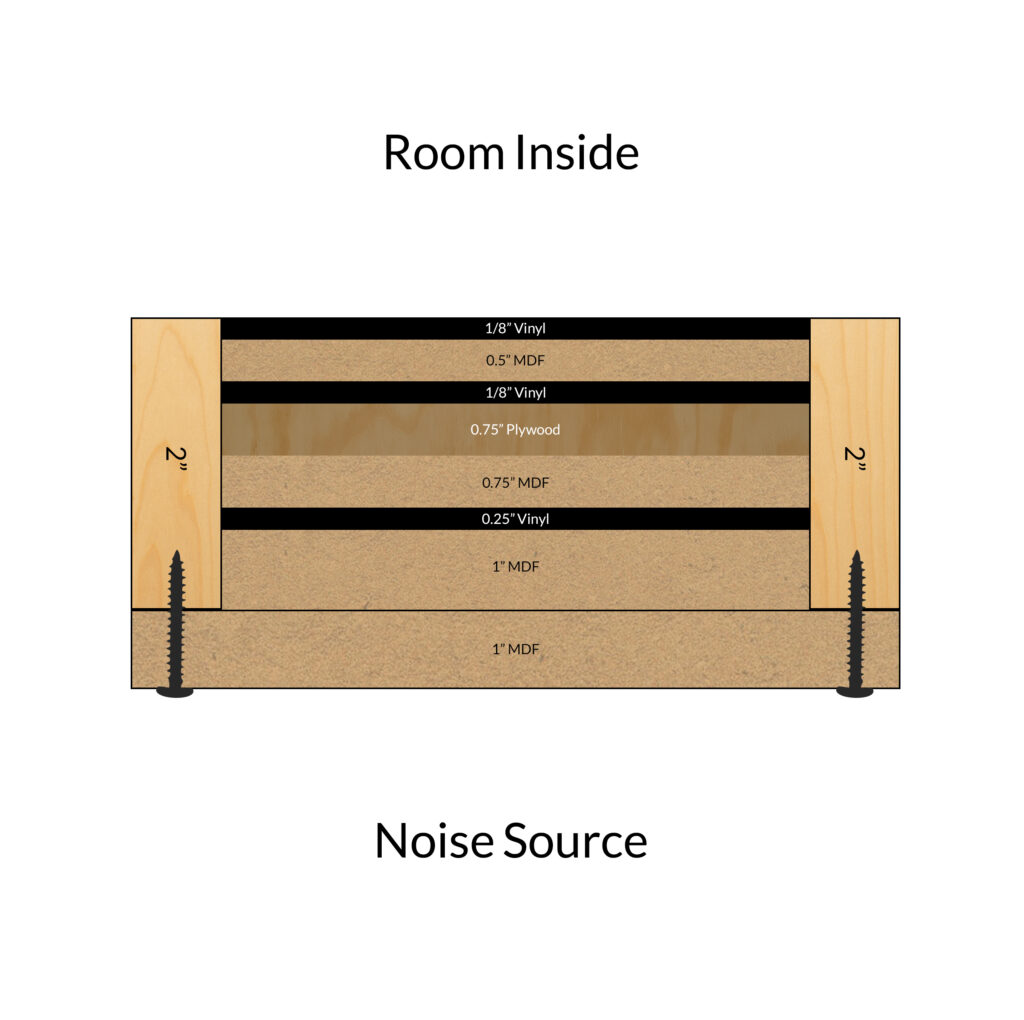
The Importance of Frequency and Amplitude in Soundproofing Efforts
If our enemy noise is at lower frequencies, our castle wall will be thicker and more dense than if we are just trying to mitigate the noise from the voices of our enemy. When we measure the enemy’s noise, we must measure twice a day. We must measure during the quietest part of the day along with the loudest parts of each day. We must do this twice a day for a complete seven day time period. How do we begin the measurement process to soundproof a floor or any other structure type?
At Acoustic Fields, we have apps that we send you to download on your phone. You follow our instructional video on how to take the noise frequency and amplitude numbers. You read the numbers from the screen and place them on our on line data sheet. You send the data sheet to us and we analyze your numbers. After we examine all data, we generate a graphic of the structure you must build to keep the noise enemy from entering your castle.
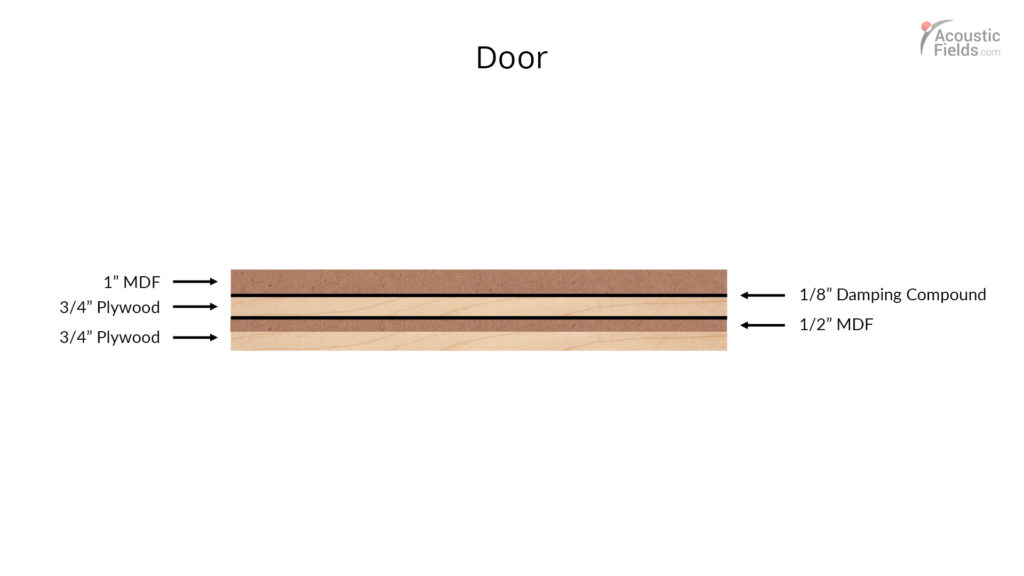
Designing Defensive Structures Against Noise Invasion
Most noise issues are a permanent construction fix. You must build a boat that you will be placing in the water. It must be strong to handle the impact of the ocean waves and it also must not leak. The strength of our boat must be strong enough to withstand the impact of low frequency energy (waves) and it must not leak which will allow the middle and higher frequency energy to enter our room.
Noise is like water. It will find the weakest link in the structure and go through it. This is the reason doors and windows are always transmitting noise. They are usually the weakest link in any wall system. There are no wall hanging panels that you can use to mitigate noise transmission. Noise transmission is a permanent construction fix. Remember that we are building a boat to place in the ocean. Everything must be strong and tight. It must be able to mitigate both pressure and reflections.
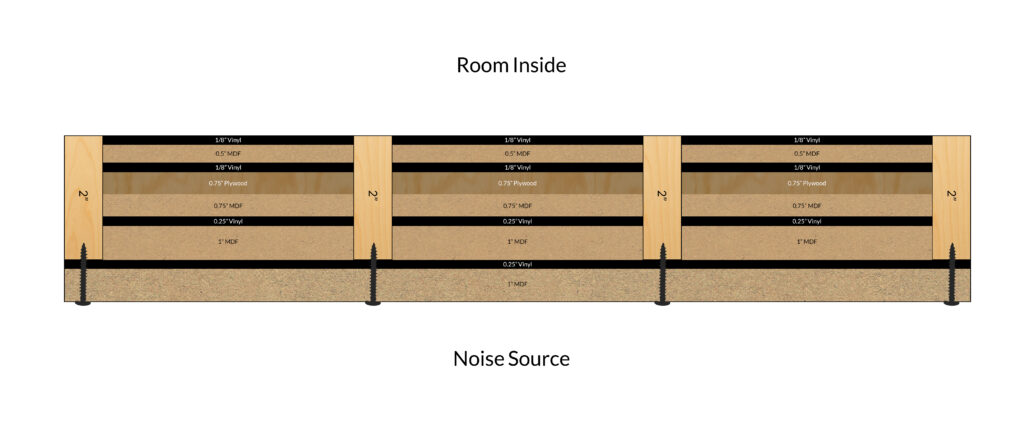
The Cost of Silence: Budgeting for Effective Noise Control Solutions
Noise transmission issues can be expensive to manage. We build critical listening rooms. The noise floor or how quiet the room is inside is a critical component for critical listening rooms. It must be as low as space and budget will permit. Most rooms we design and build from the ground up are in the 30 – 35 dB SPL range. The materials and labor costs for a properly designed barrier can be as much as 2 – 3 times the absorption and diffusion costs inside the room.
This is why it is so critical to measure noise. With noise, you do not want to spend one dollar more than you have to. Since all noise fixes are a permanent construction fix, you will be adding materials to the existing physical structure or building it from scratch. You will not be able to recover this cost when you leave the structure. You will not receive any more value on the property because you have a quiet room.


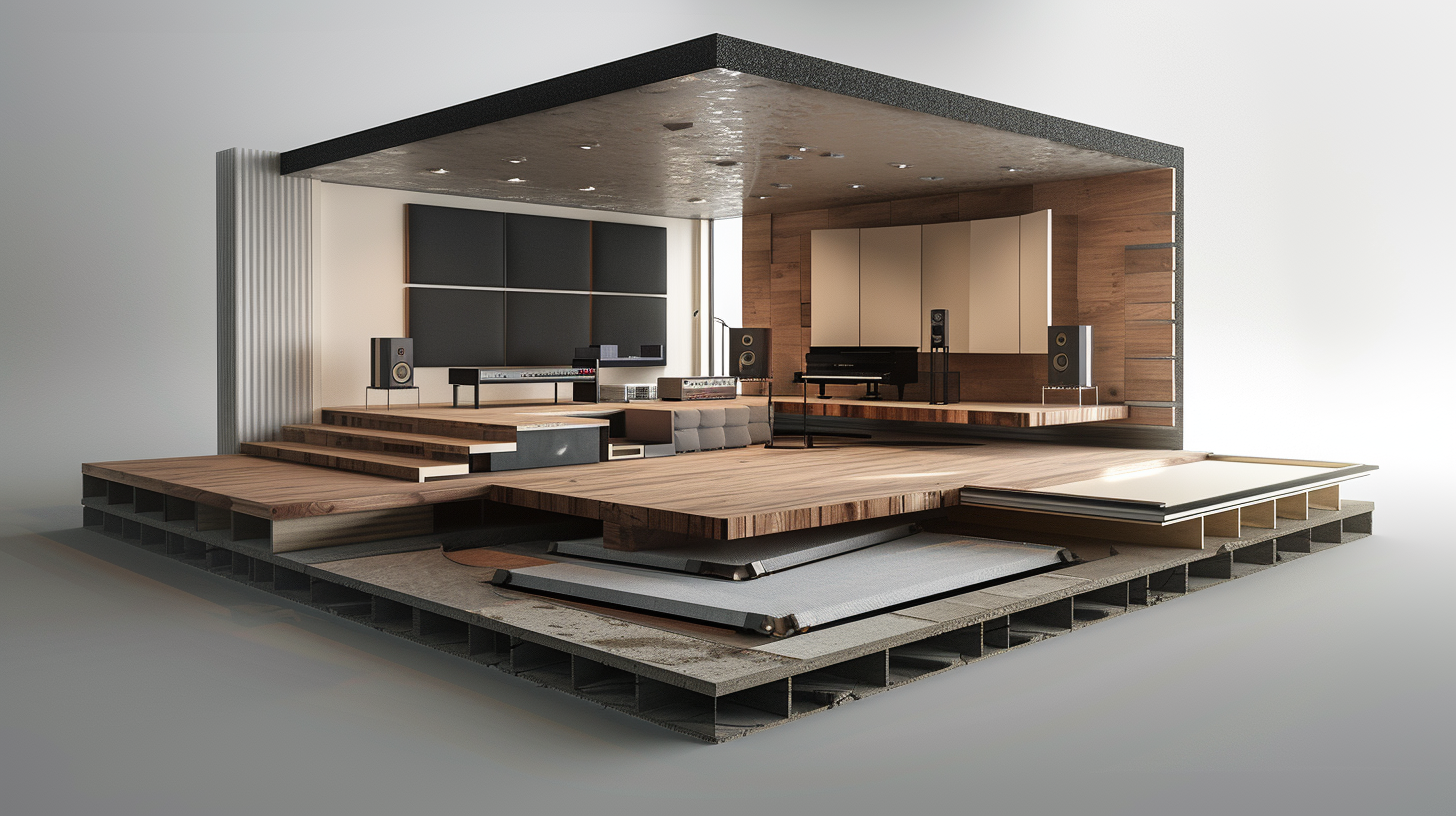



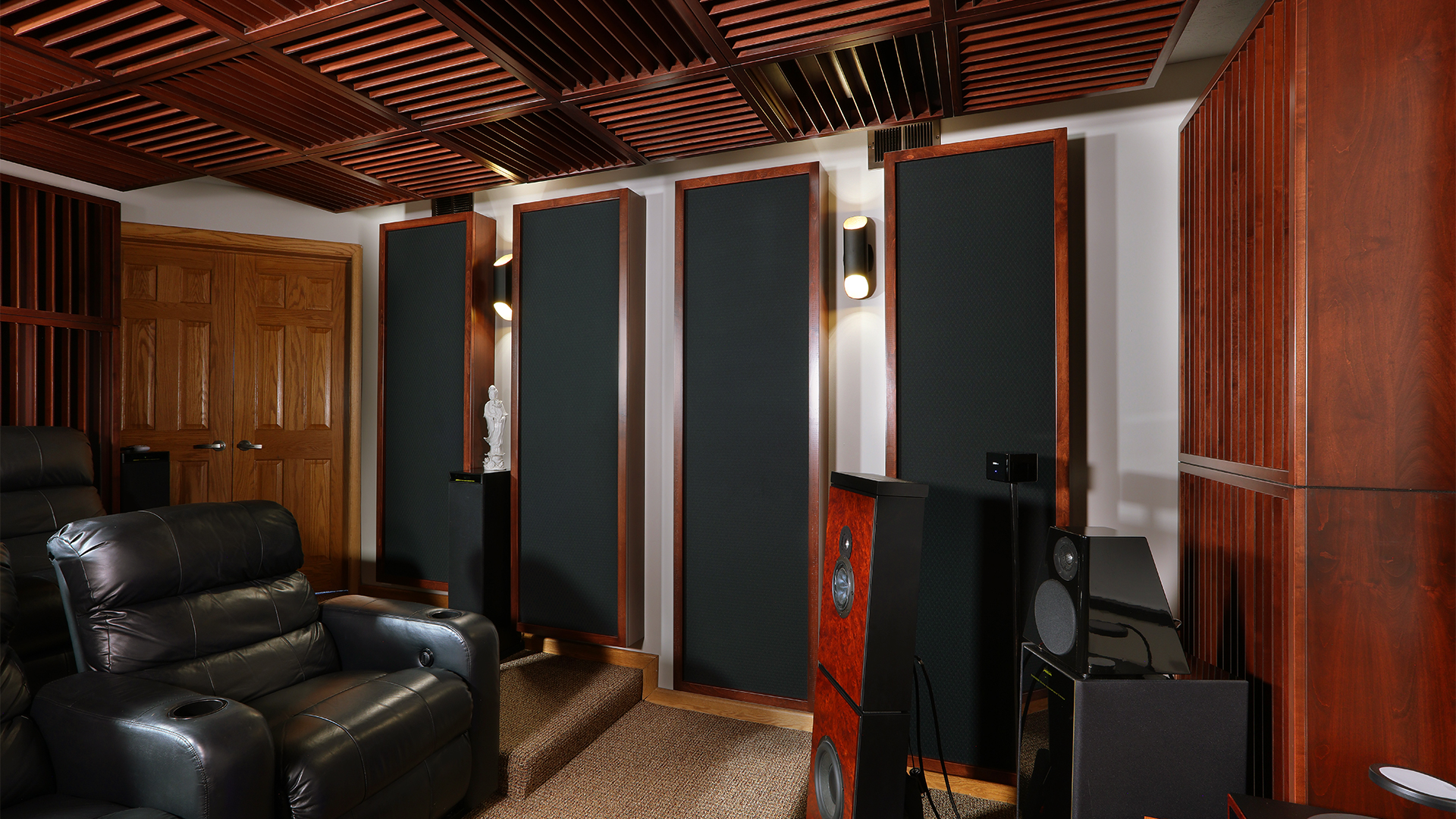

The discussion on ductwork noise transmission from Acoustic Fields highlights crucial aspects of HVAC system acoustics. The movement of air…
Great build plans. thank you Denis
You must use absorption. Never place a chair against a wall.
A friend and I built several diffusors using these plans and they turned out absolutely beautiful. Very good instructions and…